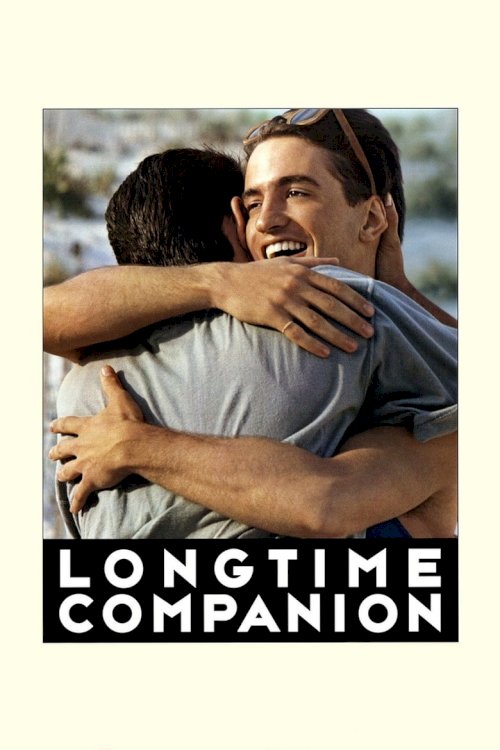Režisors
Zvaigznes
Atslēgvārdi
Studija
Citi nosaukumi
Compañeros inseparables (ES)
Vairāk
Izdošanas datumi
01.05.1990 (US)
11.10.1989 (US)
08.02.1991 (NL)
11.10.1989 (US)
08.02.1991 (NL)
Vairāk
Vairāk

















